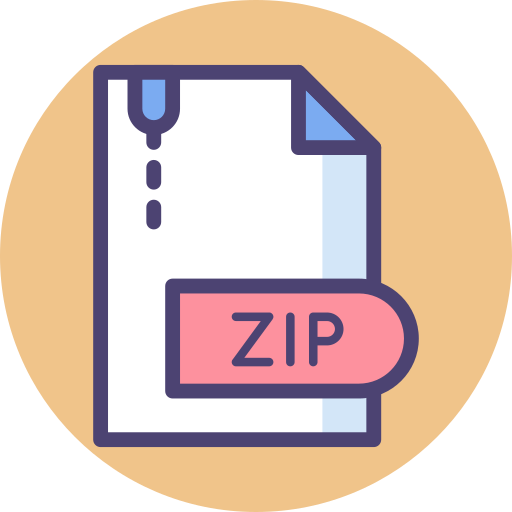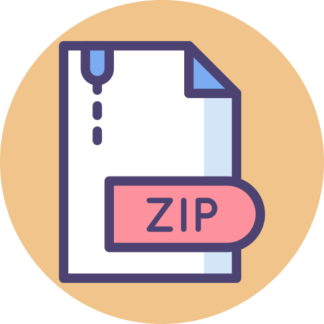Description
Overview:
Do the following project in NLTK. Get the text using the NLTK corpus access commands, do not
cut and paste from the assignment. Develop a single script called PreProcess that executes the following pipeline
in NLTK, taking the file to be preprocessed as a parameter, PreProcess(training/267)
1. tokenization (NLTK)
2. sentence splitting (NLTK)
3. POS tagging (NLTK)
4. number normalization
5. date recognition
6. date parsing
Proofread every step in your pipeline. To save time and gain the anticipated insight, run your script on other
texts as well. Solutions that only work on this text and not on others may not get full marks.
Description:
Each step in your pipeline has specific additional requirements in order to be considered satisfactory. It is important that you do not limit yourself to the requirements, but think beyond the minimum
requirements for your solution.
tokenization start with a regular expression based tokenizer from NLTK. Note that you are free
(and possibly required to) improve on that tokenizer for best results. Copious in-line comments
in the code for your changes are essential. The enhancements have to also be summarized in the
report.
sentence splitting as for tokenization, start with a NLTK module. Enhance if necessary.
POS tagging inspect your options in NLTK. Pick the best module. Do not spend time to improve
the POS tagger at this time.
number normalization numbers have their own regular grammars. Number normalization counteracts bad tokenization of numbers. You should enhance the tokenizer so that it doesn’t split
numbers that include a comma or period (30,000, 1.32). Make sure that the “enhancements”
do not confuse commas and periods that are part of a number with those that are not. Include
any other typographical conventions for numbers.
1
measured entity detection units of measurements should be grouped with the numbers they usually follow. Develop your own MeasuredEntityDetection module that groups a number with its
unit, if available (i.e. 30,000 tonnes). For this step, you should compile a unit gazetteer (best
solution is to find a resource on the web and adapt its format to a simple word list). This is an
open ended task.
date recognition 1987 is a date in text training/267. In another text, it may be a cardinal. Find
a way to use POS information and a CFG DateRecognizerCFG to detect dates.
date parser dates come in different formats. Write a CFG for different date formats, including
2020/9/30, September 3rd, the fifth of November, but not limiting your grammar to these
formats. Your grammar should include the nonterminals DATE (as root), DAY, MONTH,
YEAR. Aim for large coverage while minimizing the false positives and the false negatives. The
CFG DateParseCFG takes a date string as input.
For all modules, create your own test cases for a more general solution.
Deliverables: to be submitted in Moodle before 29 September, 2020
• tokenizer used (enhancements clearly identified in inline comments. This includes the number normalizer.)
• sentence splitter used (any enhancements clearly identified in inline comments)
• POS tagger used (any enhancements clearly identified in inline comments)
• MeasuredEntityDetection module
• DateRecognizerCFG
• DateParseCFG
• Report: a .pdf document that documents your work and submitted modules
• Demo: a .pdf document that shows examples of input and output for all modules and all interesting cases in
a single “demo” file. Organize your demonstration of your demo to be readable. Do not include repetitive
example runs. For in person demos, there is usually a 5min cutoff and the marker can ask for specifics.
For the asynchronous, remote delivery, you must select the most helpful runs to show strengths of your
modules/grammars. Errors or limitations should be addressed openly in the Report. Note that there are
no solutions without errors or limitations.
Marking scheme: Grading is based on two components. The first component is adherence to the instructions.
This is expected to be 100%. The second component is what you bring to the task. We can only appreciate this,
if it is well documented in the report and in the code and illustrated with convincing examples. Solutions that
work on a wider variety of input data are preferred over narrow solutions (coverage).
Solutions that produce
fewer false positives are preferred (specificity). There is no optimum and you have to explain your choices.
Resource: for inspiration and clarification.
Using Numbers and Unit Symbols in Measurements: http://www.ibiblio.org/units/measurements.html
A Dictionary of Units of Measurement: http://www.ibiblio.org/units/index.html
2 Comp 6751 Project 1



